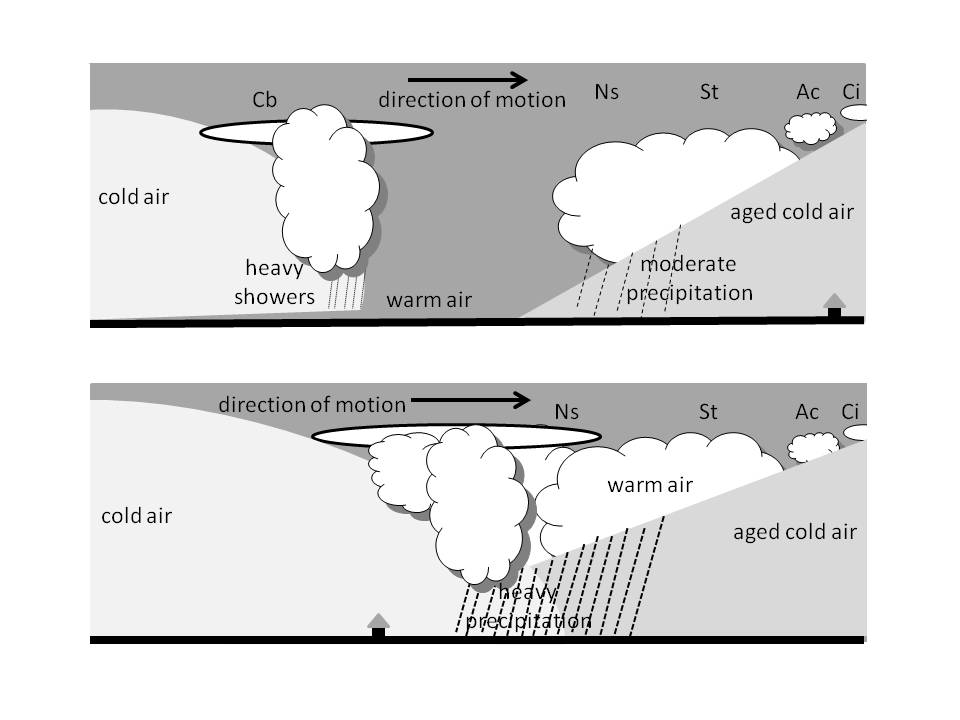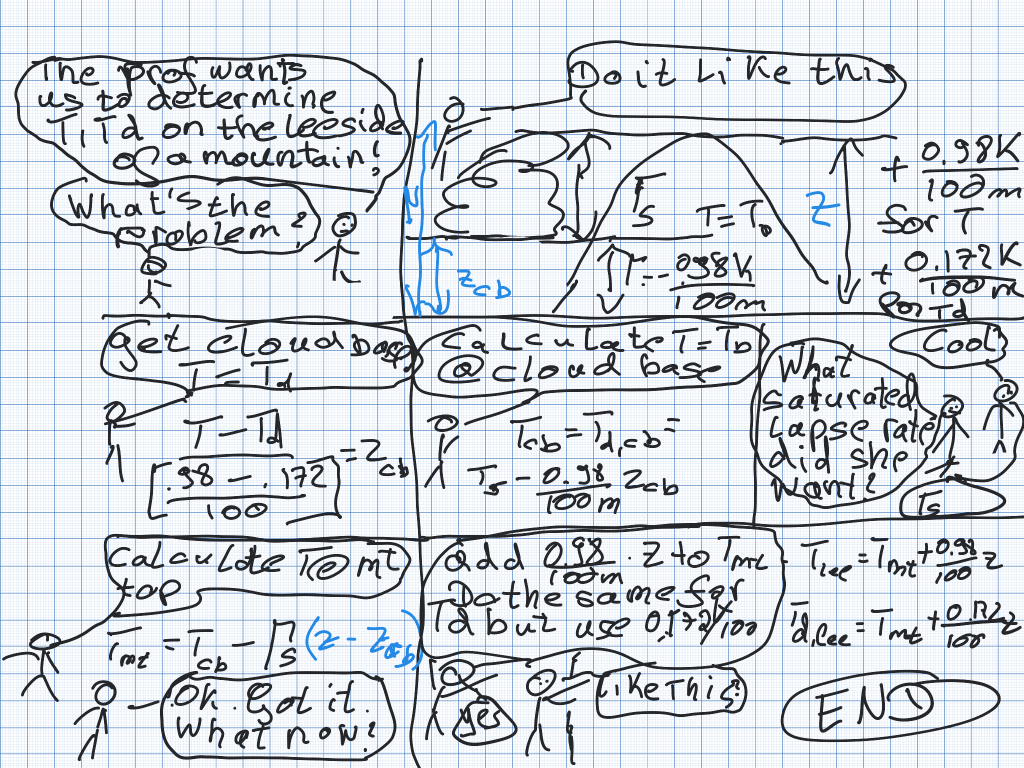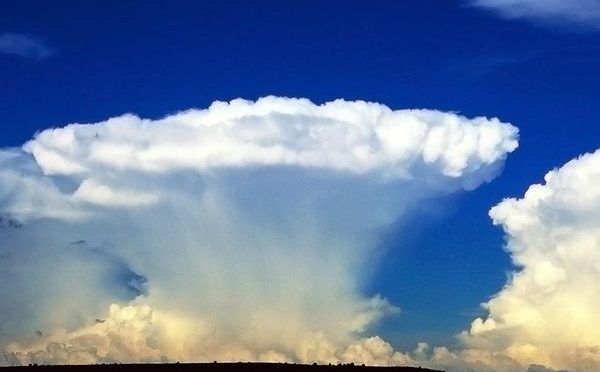Precipitation — Formation, variability
This unit deals with the atmospheric part of the water cycle the precipitation formation from atmospheric water vapor. It introduces the various cloud and precipitation formation processes.

The goal of this unit is to identify the sources for precipitation, their impact on the precipitation distribution and duration, and the recycling of precipitation.
After successful completion of this unit students will be able to
- Explain precipitation formation by orographic, thermal, and frontal lifting, as well as upper level lift associated with the jet stream
- Identify precipitation types
- Explain the role of occult precipitation, and dew in the water cycle and for ecosystems
- Explain and apply the concept of precipitation recycling on the local, regional, and global scales
Student tasks
- Watch this video on precipitation formation by frontal lifting at a warm front. Note that the MetEd server of the UCAR Comet program will ask you to create an account and/or login to watch the movie. You may need to install or update flash viewer. The video will point you to the link, if that’s the case.
- Watch this video on precipitation formation by frontal lifting at a cold front
- Watch this video on orographic lifting
- Watch this video on thermal lifting
- Cloud and precipitation formation by upper level lifting under jet streaks
- Read Dingman’s Chapter 4. to 4.1.8 included
- Take notes and prepare to present the material
- Fill out the questionnaire and solve this Unit 3 Applications Physical Hydrometeorology by Thursday 2359 Alaska time.
- Read the comic on How to calculate the temperature on the lee side of a mountain range when precipitation occurred on the luv ward side.

Supplemental material (optional)
Sections 2.9 and 2.10 in Mölders and Kramm, 2014, Lectures in Meteorology cover vertical mixing and stability. Section 6.10 discusses frontal motions. Chapter 7 is about the general circulation.
Example problem illustrating the rain shadow effect on the lee side of a mountain range. From: Mölders and Kramm 2014
Acknowledgements
The source of the movie material and some questionnaire questions is the COMET ® Website at https://meted.ucar.edu/ of the University Corporation for Atmospheric Research (UCAR), sponsored in part through cooperative agreement(s) with the National Oceanic and Atmospheric Administration (NOAA), U.S. Department of Commerce (DOC) ©1997-2010 University Corporation for Atmospheric Research. All Rights Reserved.
© Nicole Mölders 2019 | All rights reserved
